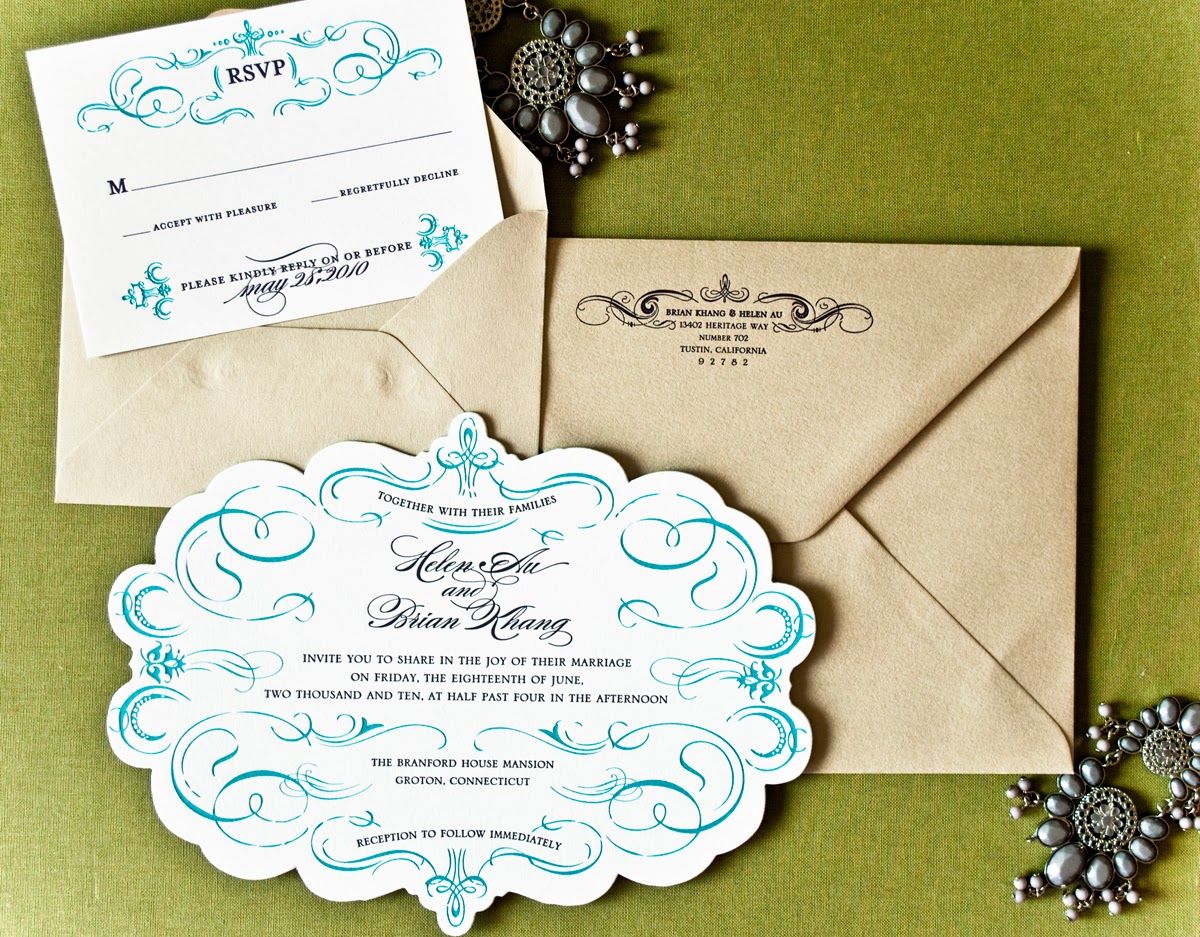Understanding the Purpose
Invitation cards serve as a crucial component in any event planning. They set the tone for the occasion and provide essential details to guests. Whether for a wedding, birthday party, or corporate event, the design and content of an invitation card reflect the event’s formality and theme. A well-crafted invitation card not only informs but also excites and engages the recipient. By understanding the purpose behind the invitation, one can tailor the card to effectively convey the event’s significance and create anticipation among the invitees.
Choosing the Right Design
Design is a pivotal element in invitation cards. It encompasses everything from color schemes and typography to images and layouts. When choosing a design, consider the event’s theme and the preferences of the host. For formal events like weddings, classic and elegant designs are often preferred, while casual gatherings may benefit from playful and creative elements. Additionally, the choice of paper quality and finish can enhance the card’s appeal. High-quality materials like textured cardstock or glossy finishes can elevate the overall impression, making the invitation not just informative but memorable.
Crafting the Message
The message on an invitation card is crucial in conveying the event’s details clearly and concisely. It should include essential information such as the date, time, location, and any special instructions or requests. The tone of the message should match the event’s nature—formal for professional or ceremonial events and casual for informal gatherings. Personal touches, such as a brief note from the host or a special quote, can add warmth and personality to the invitation. Ensuring that the text is easy to read and free of errors is essential for maintaining professionalism and clarity.
Sending and Managing RSVPs
Once the invitation cards are designed and crafted, the next step is distribution. Depending on the event and guest list, invitations can be sent physically or digitally. For traditional events, mailed invitations provide a tangible keepsake, while digital invitations offer convenience and can include interactive elements. Managing RSVPs is another critical aspect, as it helps in planning and organization. Providing clear instructions for how guests should respond and setting a deadline can streamline this process. Keeping track of RSVPs ensures that the event preparations are in line with the number of attendees, making for a well-organized and successful event.
Creating the perfect invitation card involves a blend of thoughtful design, clear messaging, and effective distribution. By paying attention to these elements, you ensure that your invitation card not only serves its practical purpose but also adds a touch of elegance and excitement to your event.Etemply

